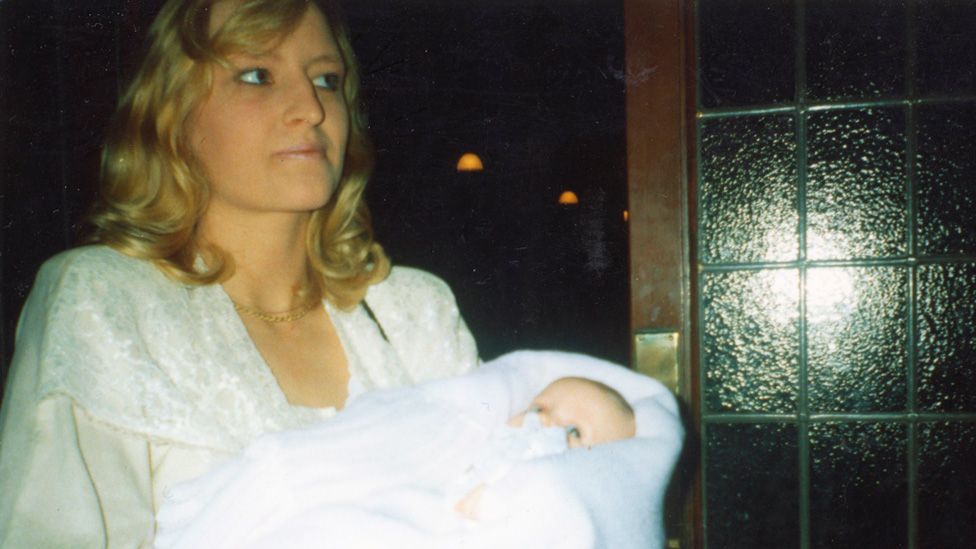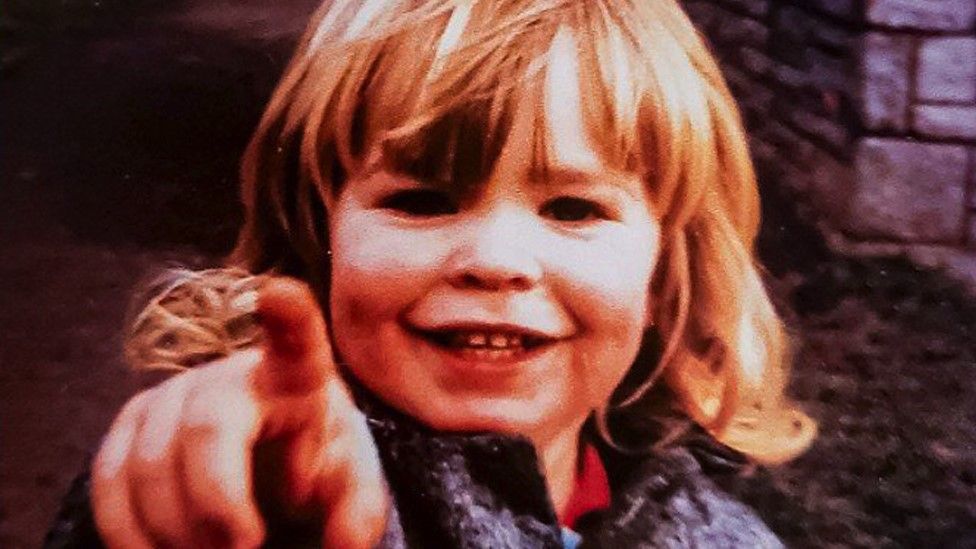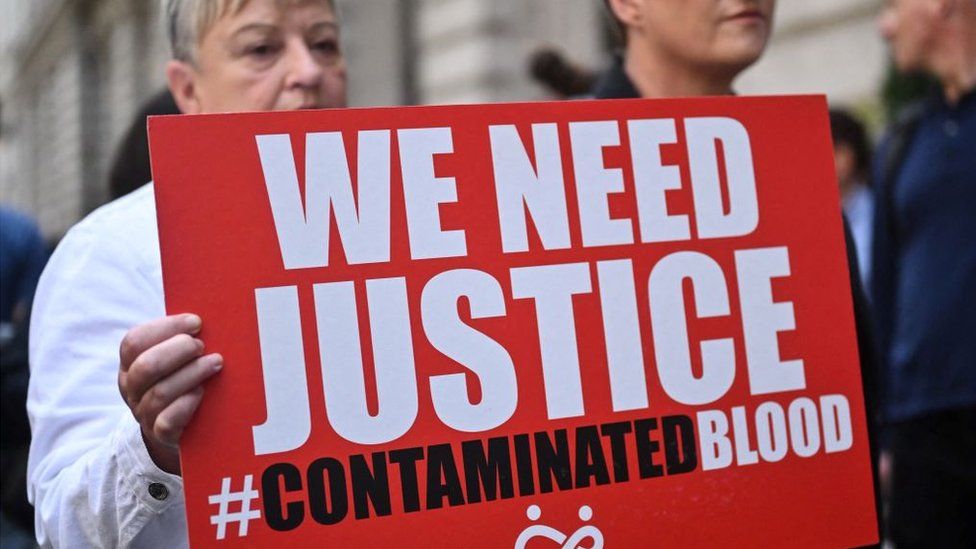-
Published1 hour ago
Authorities covered up the infected blood scandal after knowingly exposing victims to unacceptable risks, a long-awaited report says.
The five-year investigation accused doctors, government and the NHS of letting patients catch HIV and hepatitis.
More than 30,000 people were infected from 1970 to 1991 by contaminated blood products and transfusions.
About 3,000 have since died and more deaths will follow.
The Infected Blood Inquiry said victims had been failed “not once but repeatedly” by doctors, the NHS, government and others responsible for their safety.
Patient safety was not paramount in decision-making, it said, pointing out the risk of viral infections being transmitted in blood and blood products had been known about since the start of the NHS in 1948.
Despite this, people were exposed to “unacceptable risks”, including:
-
the continued importation of blood products from abroad – which included blood from high-risk donors in the US where prisoners and drug addicts were paid to give blood
-
the continued sourcing of blood donations from high-risk populations in the UK too, such as prisoners, until 1986
-
taking until the end of 1985 to heat-treat blood products to eliminate HIV, despite the risks being known since 1982
-
a lack of testing from the 1970s onwards to reduce the risk of hepatitis
Destroying of documents
Inquiry chair Sir Brian Langstaff described the scale of what happened as “horrifying” and said the authorities had been too slow to respond to the risks.
Addressing the issue of a cover-up, he said a better word to describe it was “hiding the truth”.
He said there has been a lack of openness, inquiry, accountability and elements of “downright deception”, including destroying documents.
But he said hiding the truth included not only deliberate concealment, but telling half-truths or not telling people what they had a right to know – including the risks of treatment they received, what alternatives were available and, at times, even the fact that they were infected.
Sir Brian said the scandal had destroyed “lives, dreams, friendships, families and finances”, adding the numbers dying were still climbing week by week.
“This disaster was not an accident. The infections happened because those in authority – doctors, the blood services and successive governments – did not put patient safety first,” he said.

Infected blood inquiry: Read more

Two main groups of people were caught up in the scandal.
One was people with haemophilia, and those with similar disorders, who have a rare genetic condition which means their blood does not clot properly.
In the 1970s, a new treatment was developed to replace the missing clotting agents, made from donated human blood plasma.
The second group affected include people who had a blood transfusion after childbirth, accidents and during medical treatment.
Blood used for these patients was not imported, but some of it was also contaminated, mainly with hepatitis C.
Sir Brian’s two interim reports, published in July 2022 and April 2023, made recommendations about compensation for victims and their families.
The government has said it accepts the “moral case” for compensation, and interim payouts of £100,000 each have already been made to about 4,000 survivors and bereaved partners.
Ministers have promised to address the issue of final compensation once the inquiry’s report is published. The total cost is likely to run into billions.
Prime Minister Rishi Sunak is expected to issue an apology later on Monday.

Behind the Story: The infected blood scandal
Health Editor Hugh Pym and Senior Producer Chloe Hayward go behind the story of the infected blood inquiry.

-
-
Published7 days ago

-
-
-
Published18 April

-
-
-
Published53 minutes ago

-
